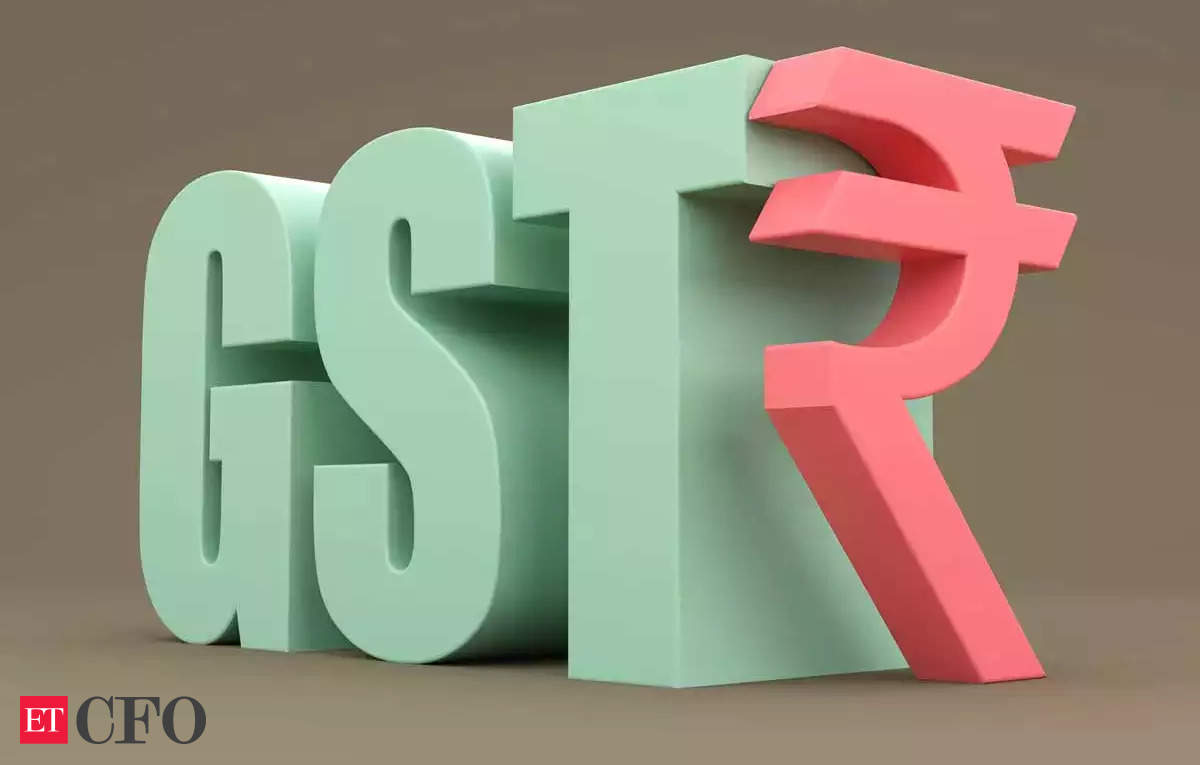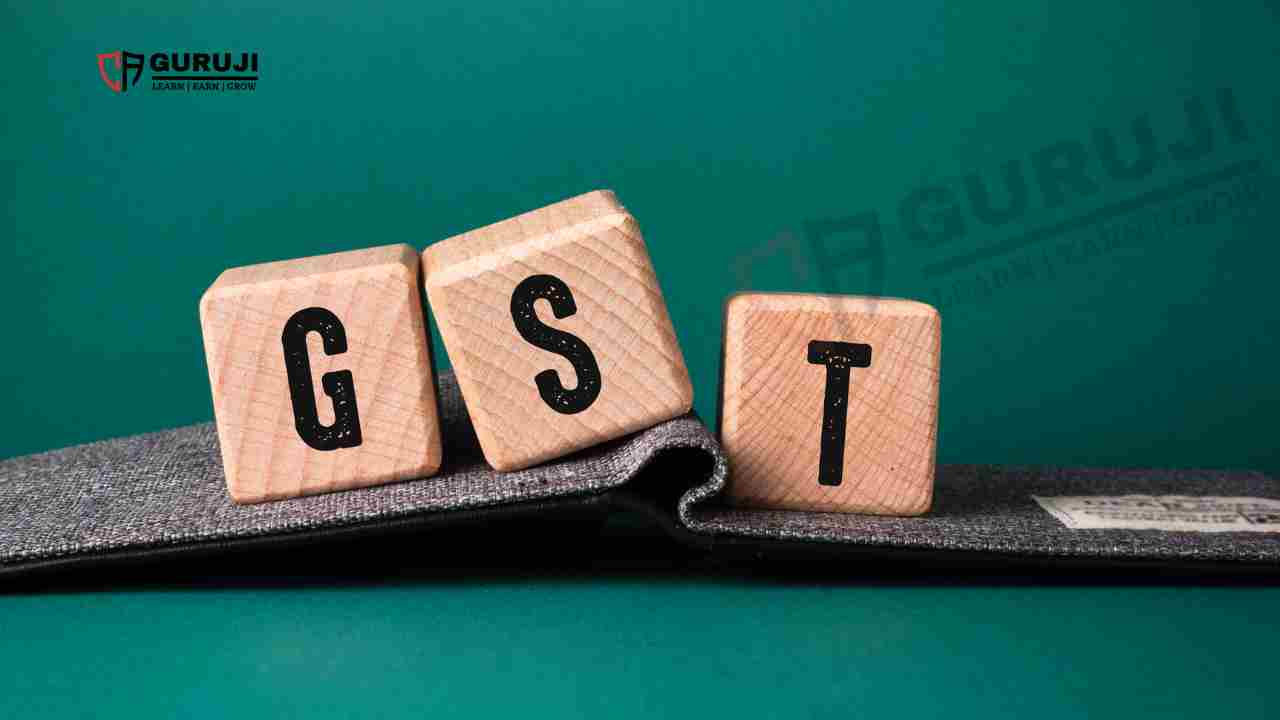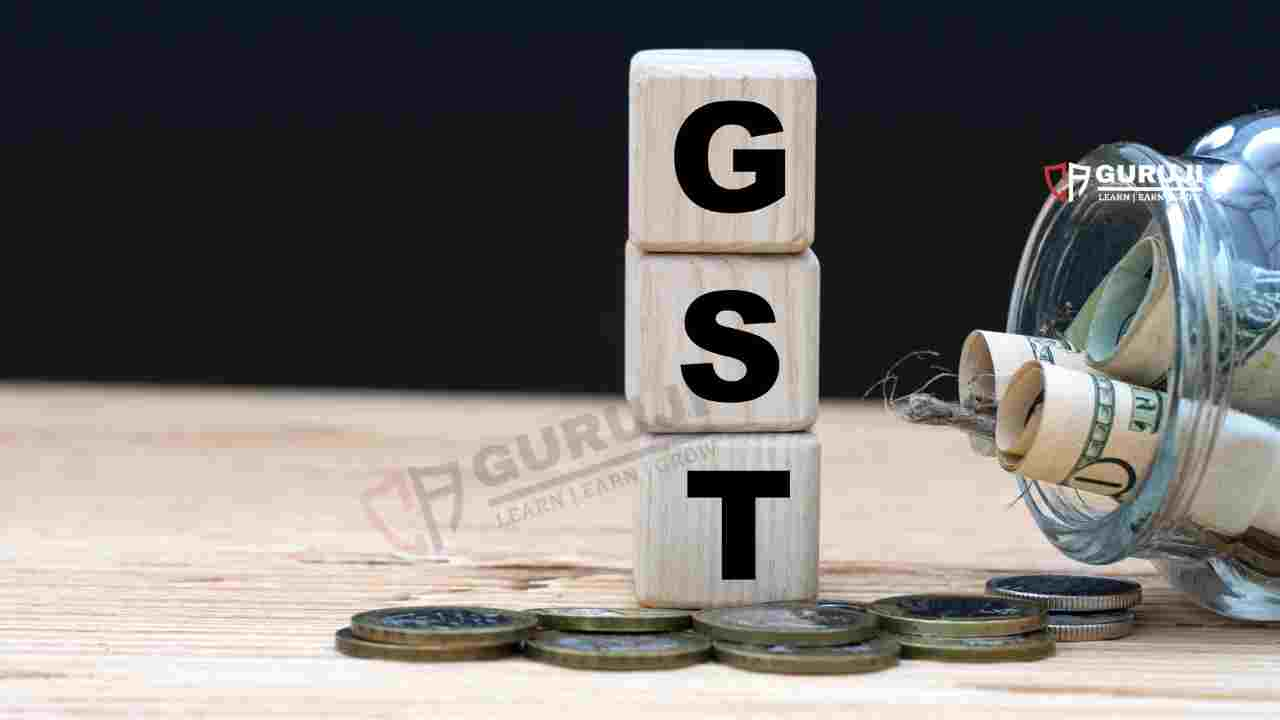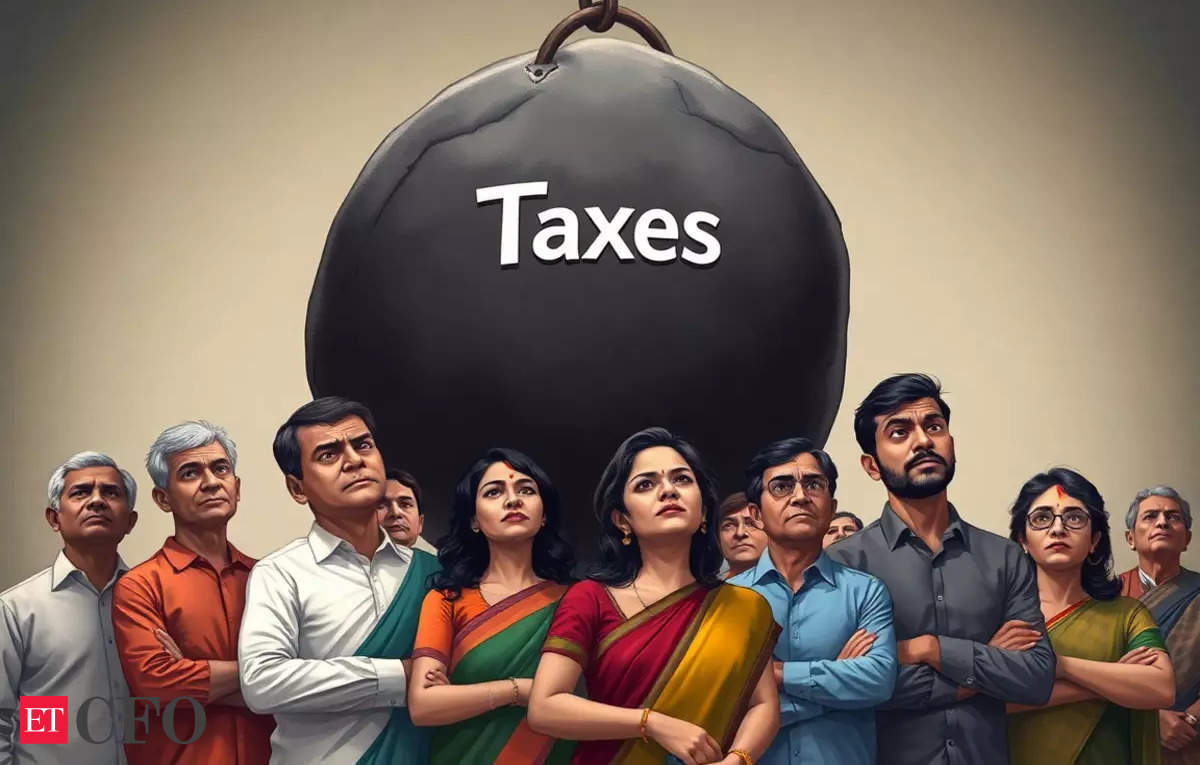In Budget 2023 various benefits are given under the new tax regime, Like New tax regime is default regime, Zero tax slab till the income of Rs.300000, no tax till the income of 7 Lakhs (Rs.25000 Rebate u/s 87A), standard deduction of Rs.50000 for salaried and pensioners allowed in new tax regime, deduction of family pension , Marginal Relief, agniveer corpus fund etc.
Click here to know Income tax Slab Rates (New and old Tax Regime)
Below are tax slabs under new regime:
For Assessment Year 2024-25 & 2025-26:
| Net Income Range | Tax rate |
| Upto Rs. 3,00,000 | Nil |
| From Rs. 3,00,001 to Rs. 6,00,000 | 5% |
| From Rs. 6,00,001 to Rs.9,00,000 | 10% |
| From Rs. 9,00,001 to Rs. 12,00,000 | 15% |
| From Rs. 12,00,001 to Rs. 15,00,000 | 20% |
| Above Rs. 15,00,000 | 30% |
As you know under the new tax regime, a standard deduction of Rs. 50,000 is provided, and no tax is levied on income up to Rs. 7 lakh.
This essentially renders any individual, such as Person Ram, earning Rs. 7.5 lakh, free from tax liability, as demonstrated in the table below:
| Income of Ram (A) | Rs.62500 P.M. (Rs. 750000 P.A.) |
|---|---|
| Standard deduction (B) | Rs. 50,000 |
| Taxable income (A-B) | Rs. 700000 |
| Tax liability (C) | Rs. 25,000 |
| Tax rebate (D) | Rs. 25,000 |
| Tax outgo (C-D) | ZERO |
However, a marginal increase in income, as seen with Person Shyam earning just Rs.6,000 more at Rs. 756000 lakh (Rs.63000 per month) , significantly escalates tax liability under the new tax regime, amounting to Rs. 25600. This difference highlights the substantial impact of marginal increases in income on tax outgo.
This is where marginal tax relief proves invaluable. It dictates that tax liability for income between Rs. 7,50,001 and Rs. 7,77,778 is based solely on the additional income above Rs. 7.5 lakh, rather than the tax liability according to the slabs. This prevents situations where minor increases in taxable income result in disproportionately higher tax outgo.
For instance, Person B’s actual tax liability would be Rs. 6,000 and not Rs. 25600 under the marginal relief provision.
The table below illustrates the actual tax liability across various income levels:
| Annual income | Taxable income post standard deduction | Tax liability as per slabs | Actual tax liability | Marginal relief |
|---|---|---|---|---|
| 7,55,000 | 7,05,000 | 25,500 | 5,000 | 20,500 |
| 7,60,000 | 7,10,000 | 26,000 | 10,000 | 16,000 |
| 7,65,000 | 7,15,000 | 26,500 | 15,000 | 11,500 |
| 7,70,000 | 7,20,000 | 27,000 | 20,000 | 7,000 |
| 7,75,000 | 7,25,000 | 27,500 | 25,000 | 2,500 |
| 7,77,778 | 7,27,778 | 27,778 | 27,778 | 0 |
The breakeven point occurs at the income level of Rs. 7,77,778. For incomes exceeding this threshold, tax liability would be lower if calculated based on the tax slabs.
In conclusion, marginal tax relief enhances the attractiveness of the new tax regime, particularly benefiting individuals with income marginally above the Rs. 7.5 lakh tax-free limit. This provision prevents a scenario where slight increases in income above Rs. 7.5 lakh result in significantly higher taxes, safeguarding against undue financial strain.
Visit www.cagurujiclasses.com for practical courses











